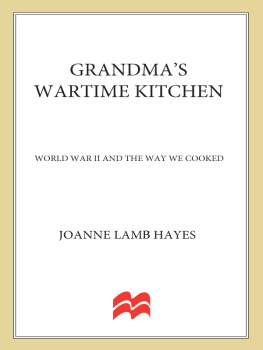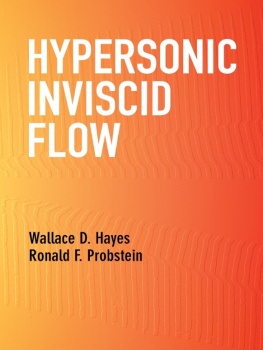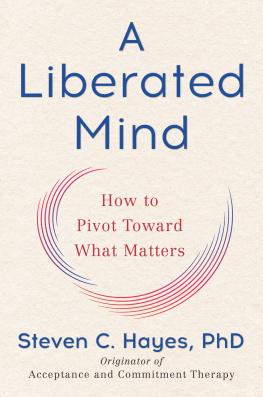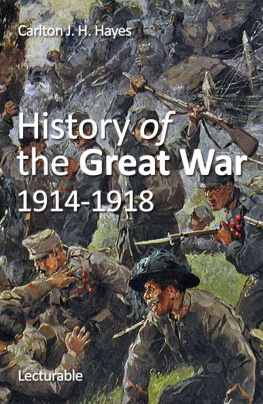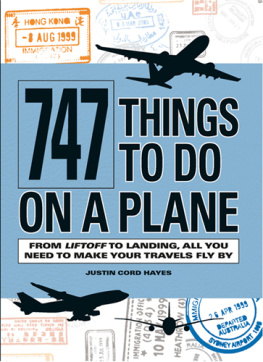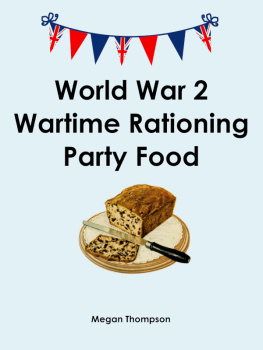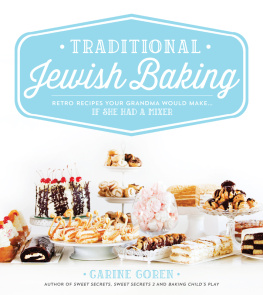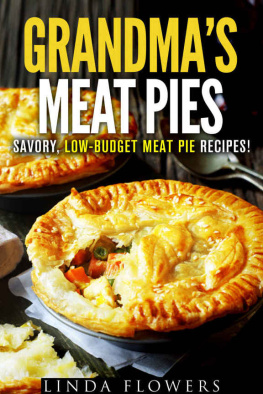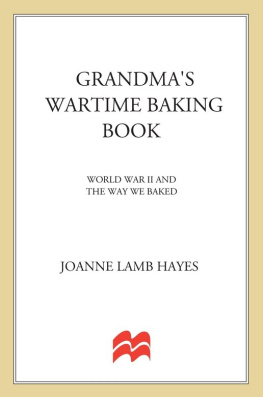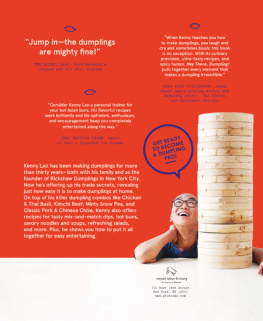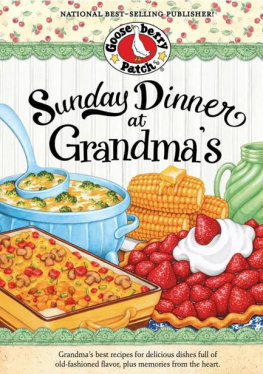Contents
Guide
Grandmas
Wartime Kitchen
WORLD WAR II AND THE WAY WE COOKED

Joanne Lamb Hayes

The author and publisher have provided this e-book to you for your personal use only. You may not make this e-book publicly available in any way. Copyright infringement is against the law. If you believe the copy of this e-book you are reading infringes on the authors copyright, please notify the publisher at: us.macmillan.com/piracy.
IN MEMORY OF
MY FATHER, LEROY DAVIS LAMB, AND
MY AUNT AND UNCLE, CATHERINE LEESE PETTY
AND PAUL PETTY
M Y THANKS TO : Dorothy Leese Lamb, my mother, for filling my childhood with opportunity despite the restrictions of wartime and for remembering in detail and sharing with me her home-front experiences. She has been the inspiration for this book, as for most I do.
Heather and Claire Hayes, my daughters, who carried home the groceries, tested when I tired, kept my computer happy, and along with their friends Jonathan Nanberg and Tyson Lewis served as a gracious and positive taste panel. The book would not have been possible without their help and support!
Hilda Lanhardt Hayes, the worlds best mother-in-law, for her continued friendship and for saving her ration books.
Angela Miller, my agent, for her confidence in the book and for finding it the perfect home.
Jean Anderson, for always knowing the answer to my questions, for her many wonderful stories of the early forties, and for writing the Foreword to this book.
Marian Lizzi, my editor, and the staff at St. Martins Press for cheerfully and efficiently nurturing the book through production.
Jenene Garey, Philip Hosay, and Christine Nystrom, my dissertation committee at New York University, for their guidance while I was doing the research that led to my Ph.D. dissertation and eventually to this book.
Marion Nestle, chairman of the New York University Department of Nutrition and Food Studies, for her encouragement while I was working on the project and for creating a department in which food history research is possible.
Jan Longone of the Wine and Food Library in Ann Arbor, Michigan, for generously giving her time and resources when I had questions.
Amy Bentley, assistant professor of Nutrition and Food Studies, for sharing her research on the World War II home front.
Mabel Chan, Gordon M. Pradl, Judith Weissman, and Margret Wolf for their insightful questions as members of my orals committees.
The more than 300 home-front cooks who wrote to me in 1991 when I first started research on this subject.
With the arrival of a new century and a new millennium, its hardly surprising that several cookbooks have surfaced to trace our culinary journey through the twentieth century. What is surprising is the scant attention they pay to World War II and its impact upon the way we ate and the way we cooked even though that impact is still felt today.
With Grandmas Wartime Kitchen: World War II and the Way We Cooked, Joanne Lamb Hayes amply fills the void. Her coverage of the fortiesthe war decadeis painstakingly researched yet fascinating to read, thanks to her own childhood memories plus those of countless moms across the country who coped and cooked in those lean days of food rationing.
I was a little girl when World War II broke out and so many of the things my own mother did to stretch meat and salve her familys sweet tooth despite strict sugar rationing sprang to mind as I read Grandmas Wartime Kitchen. Im grateful to Joanne Lamb Hayes for explaining what I was too young to understand at the time (and didnt bother to learn later). Why, for example, did roast chicken, fricasseed rabbit, and braised beef heart replace prime ribs and roast leg of lamb as the traditional centerpieces of our Sunday dinners? (Because poultry and game werent rationed and lesser cuts of meat required fewer points.) Why did so many of our desserts begin with a can of purple plums? (The heavy syrup in which they were packed could be used as a sweetener.) Why did our home-made ice creams always contain sweetened condensed milk? (It was an effective sweetener.) And why was the margarine we used in place of butter white? (Dairy farmers, a powerful voice even then, insisted that yellow margarine not be sold.) The brand Mother bought came with a little capsule of orange dye and my job was to knead it in slowly, thoroughly, so that the white blob turned a bright buttery hue. Not easy even though the kneading could be done right in the unopened cellophane package.
The books discussion of Victory Gardens reminded me of my own familys war effort, which included not only a vegetable garden and strawberry patch but also chickens for eggs and for eating. Ill never forget the day Daddy brought home a cardboard box filled with cheeping balls of fluff. Or helping him improvise a basement pen of boards, then adding low-wattage lightbulbs to keep the baby chicks warm.
When the birds graduated to the backyard, it was my chore to feed them, gather eggs, andI still shudder to thinkpluck and eviscerate the over-the-hill hens that my father killed. Hardly childs play. These tough old birds would be simmered into soups and stews. Or just cooked until so tender so that the meat could be stripped from the bones, then slipped into sandwiches, salads, and casseroles.
The Cultivate and Can chapter spun me back to the canning marathons that took place every summer in my mothers kitchen. The whole family would pitch in, and to keep my brother and me interested, my parents turned the tomato peeling, bean snapping, and corn husking into a competition. (If memory serves, the fastest peeler/snapper/husker got a dollar.) Platoons of canning jars stood at the ready as did Mothers pressure canner, a jiggling, steam-spewing monster that terrified me.
Mothers mantra in those war years: Eat your vegetableseat your vegetableseat your vegetables. And Daddys: Eat your carrots, theyll make your eyes bright. Both, no doubt, were steeped in the cheery snippets of victory advice dished out by the leading magazines of the day, the major food companies, and not least, the United States government. Grandmas Wartime Kitchen includes scores of these: Your first job in wartime is to feed your family well; Eat the Right Food, U.S. Needs US strong; Vitamins Vital for Victory.
Grandmas Wartime Kitchen is a valuable resource that shows us how inventive our mothers and grandmothers were at coping with World War II rationing of meat, sugar, butter, cheese, and a staggering array of canned foods, often while holding jobs outside the home. And this, mind you, without electric dishwashers and all the other labor-saving appliances we take for granted today.
Particularly touching is the quote on from a woman who came home from work dead tired, put a proper meal on the table for her children, then stayed up half the night canning produce from her Victory Garden. Sad to say, she, along with millions of other patriotic women, were fired at the wars end to make room for the returning soldiers. How many of us knew that?
If only for its in-depth documentation of the 1940s,

